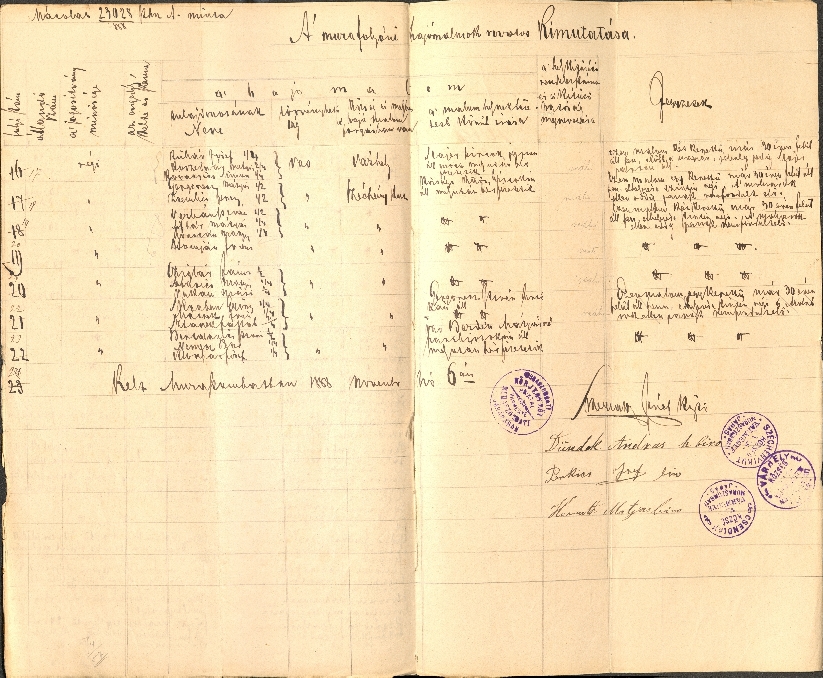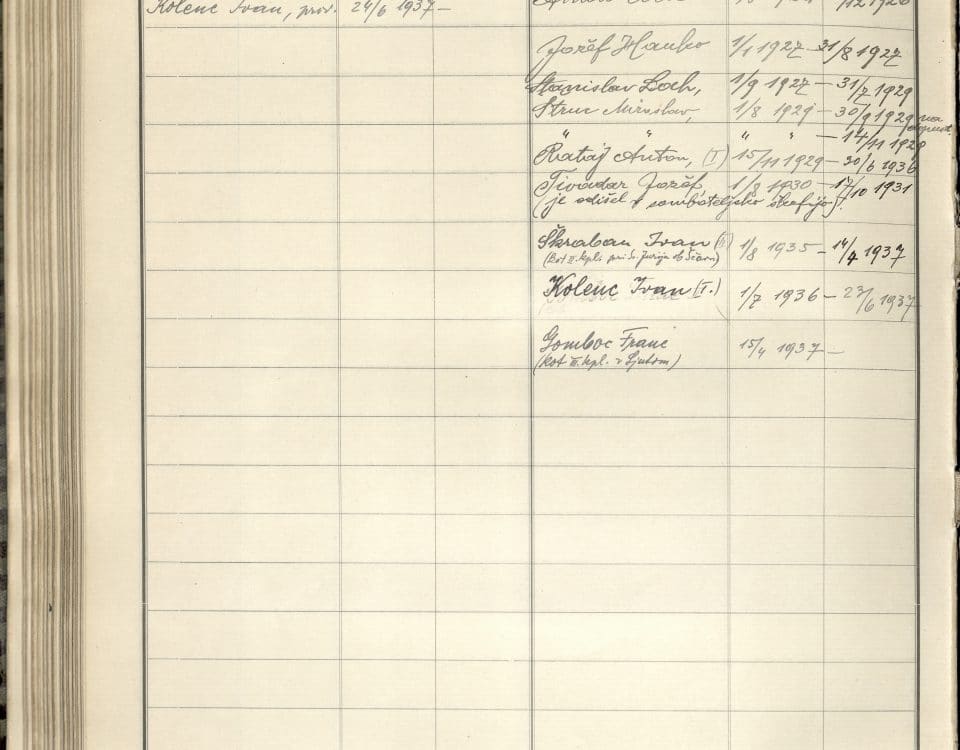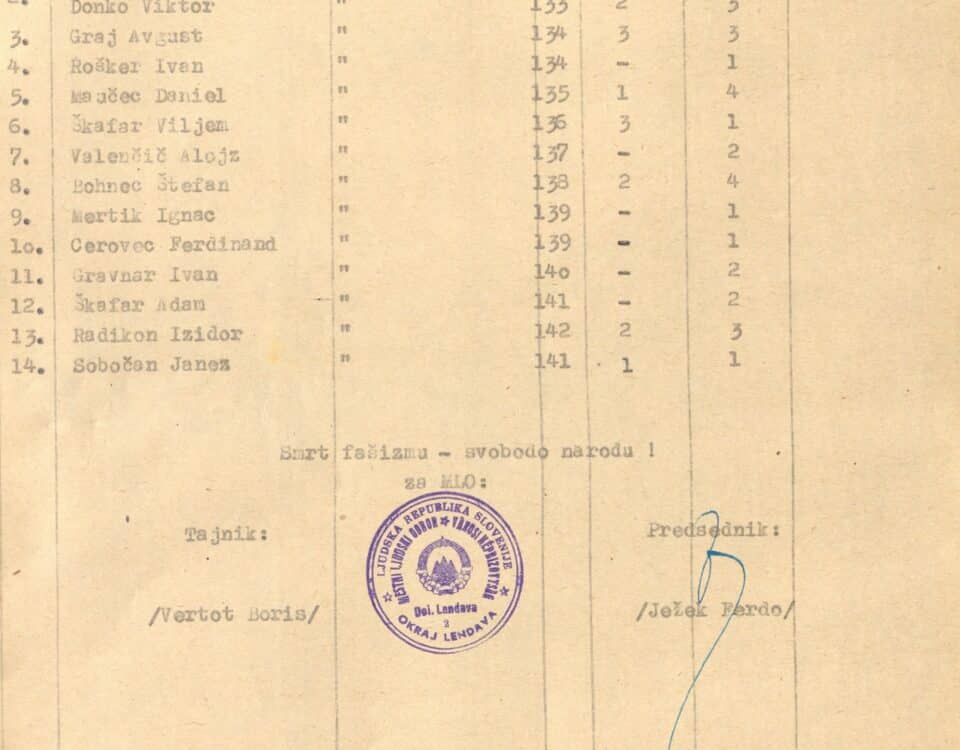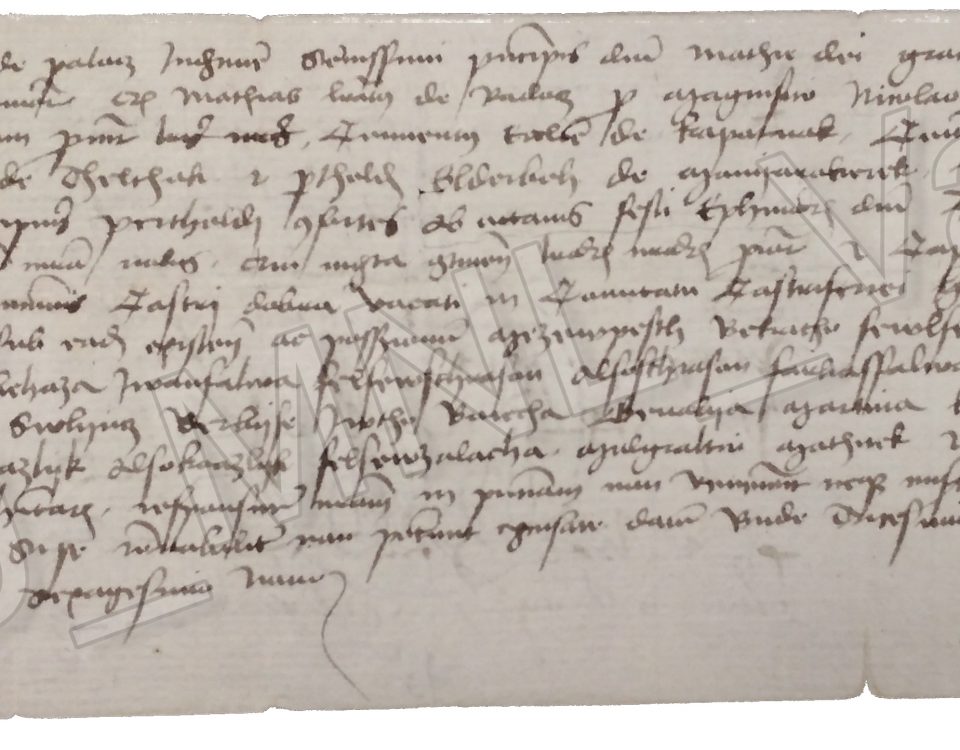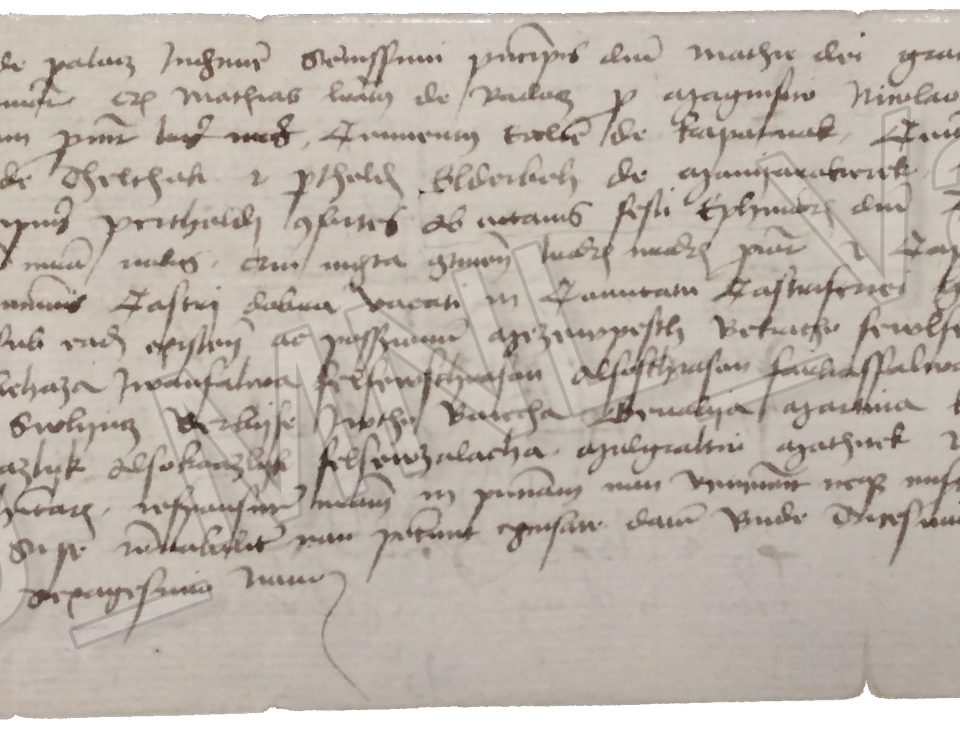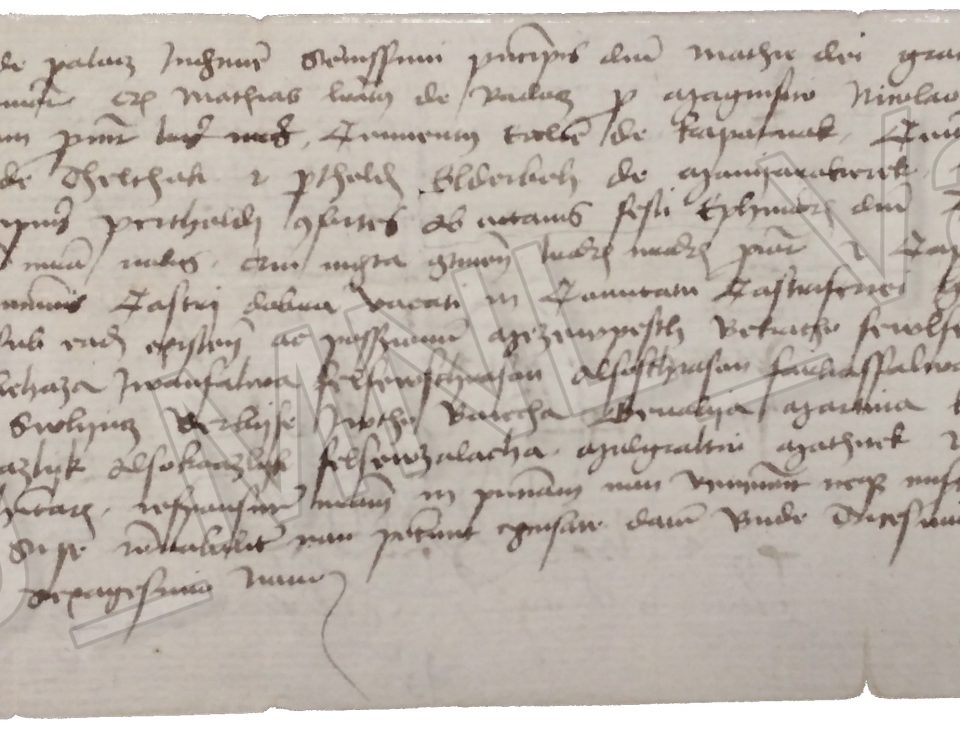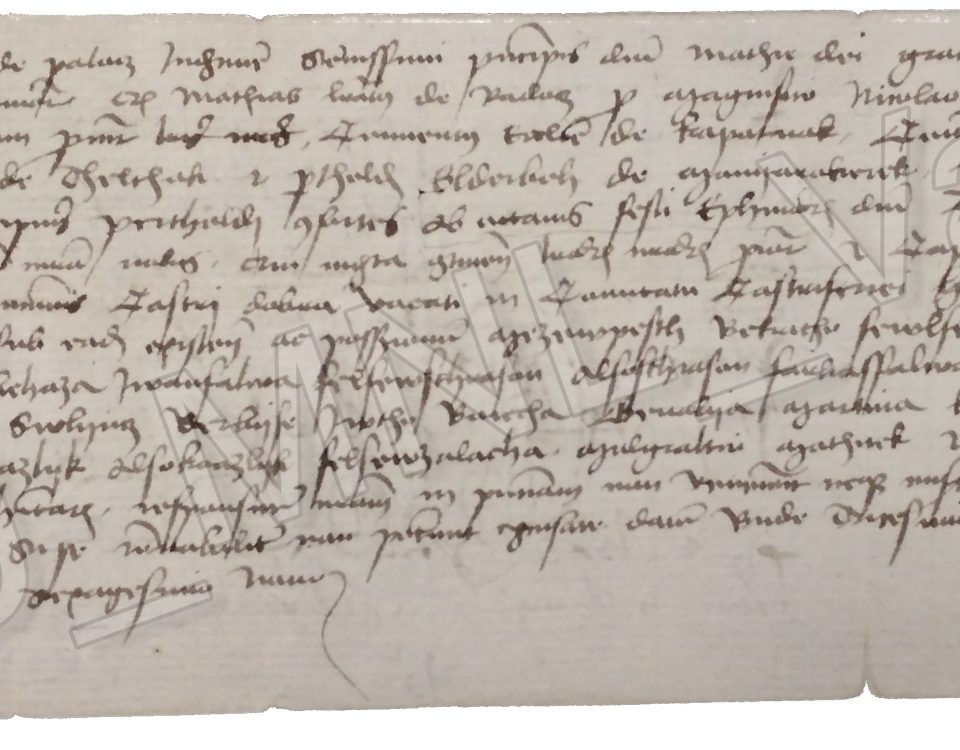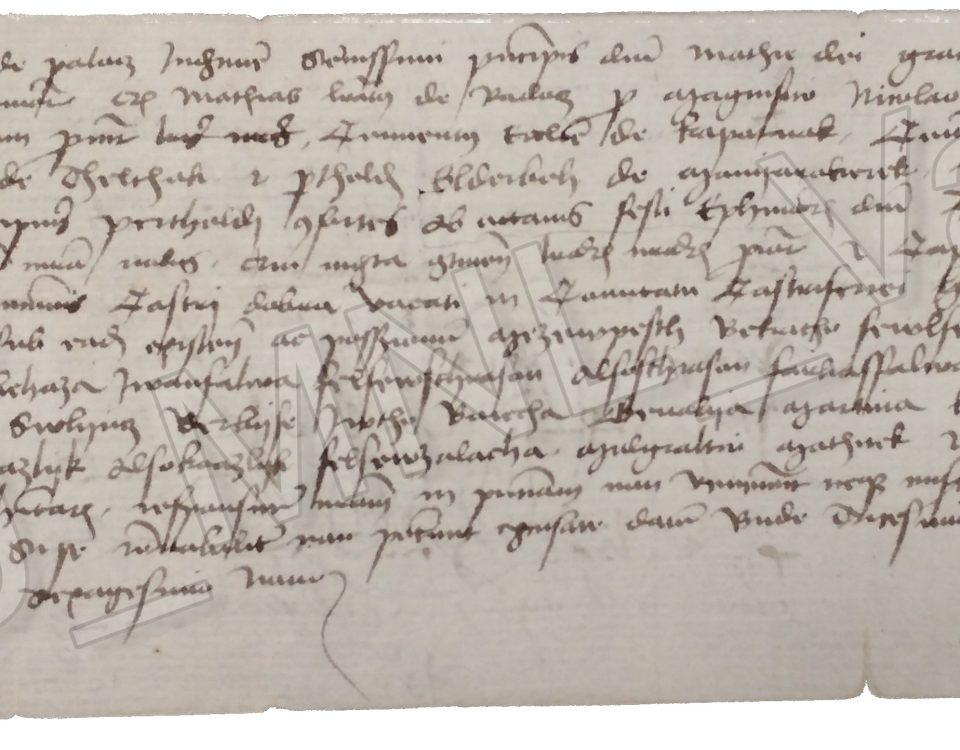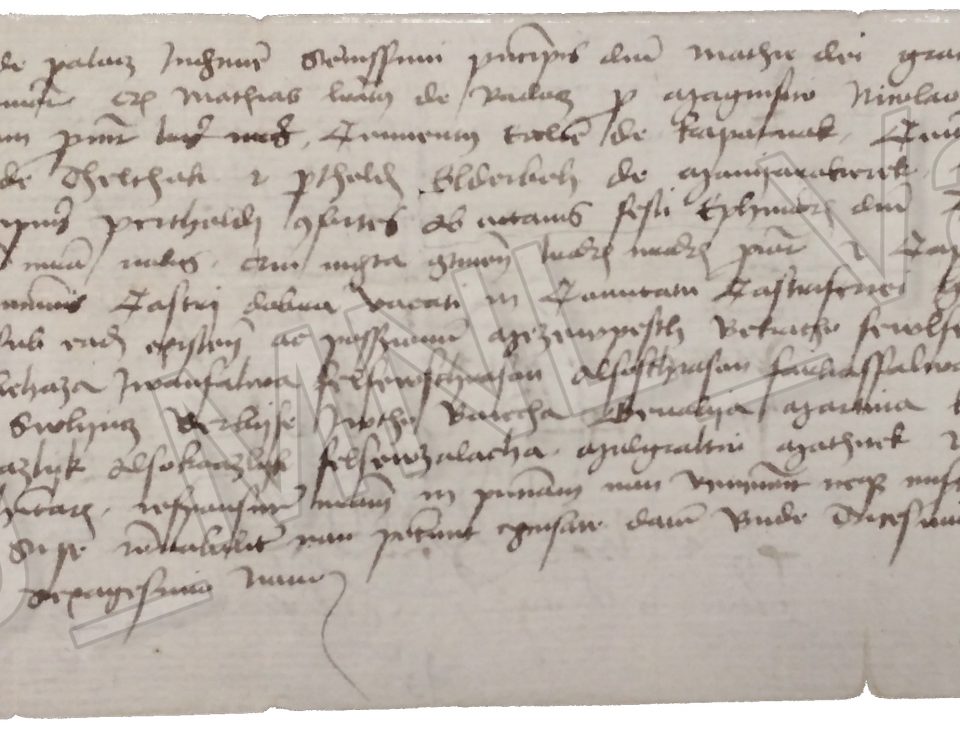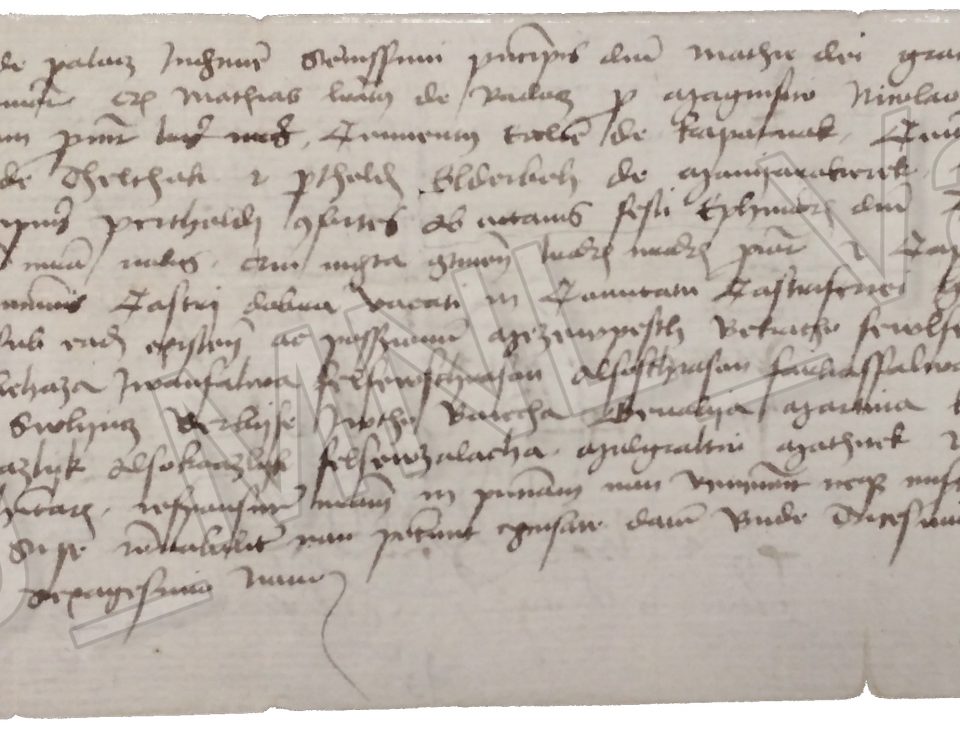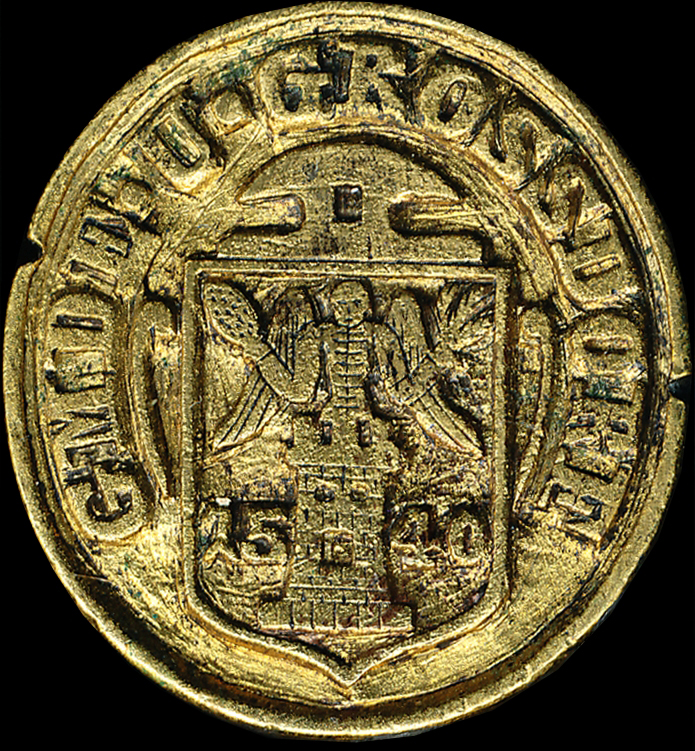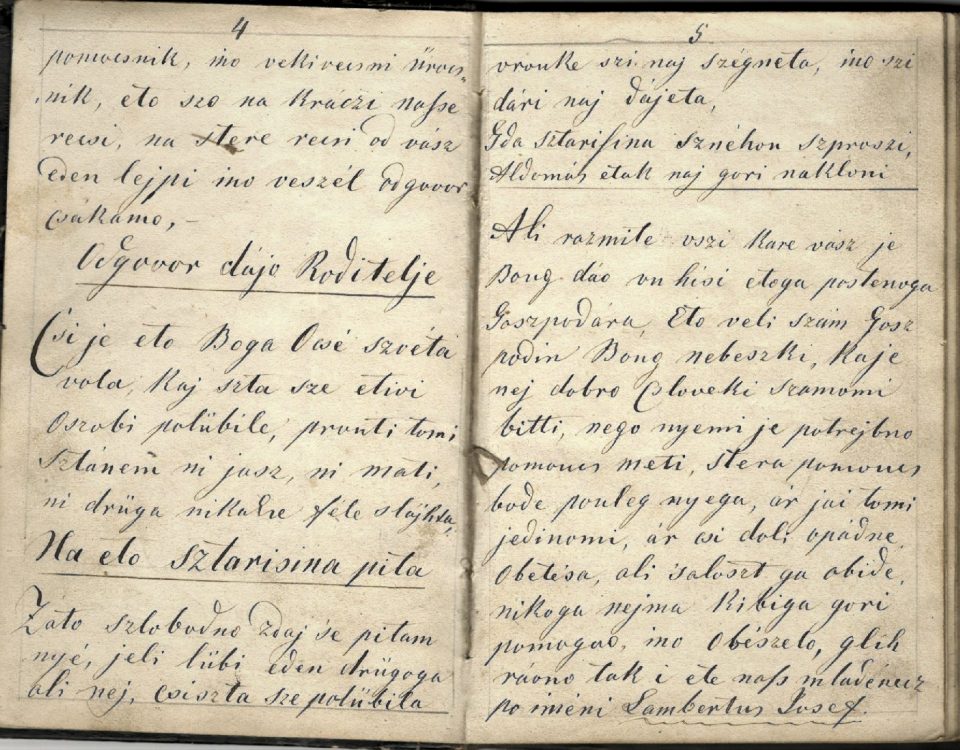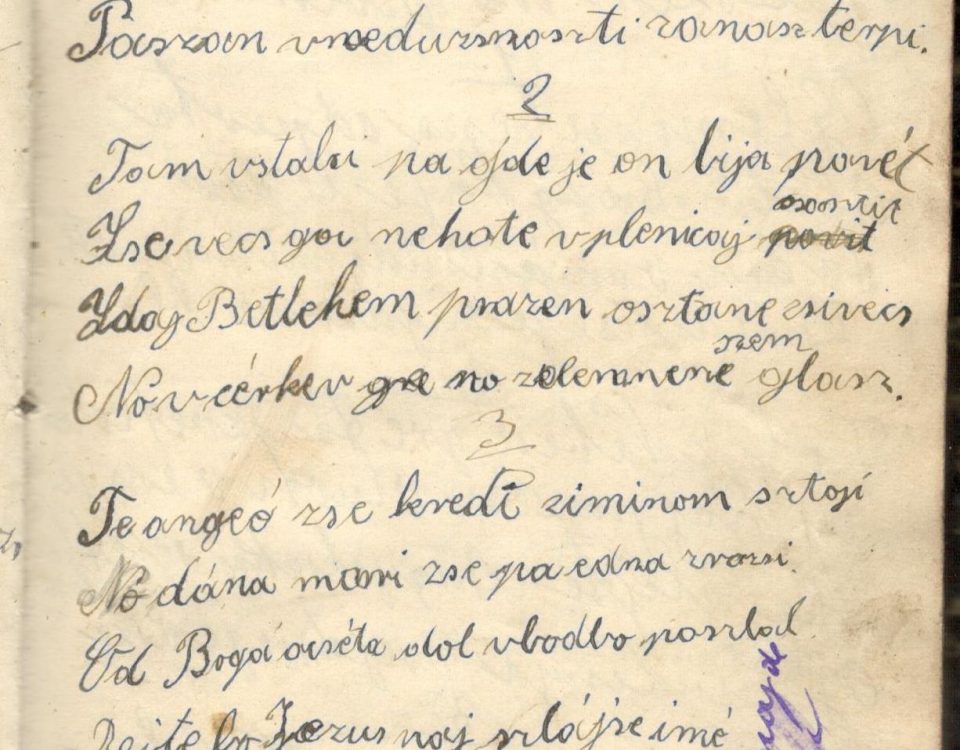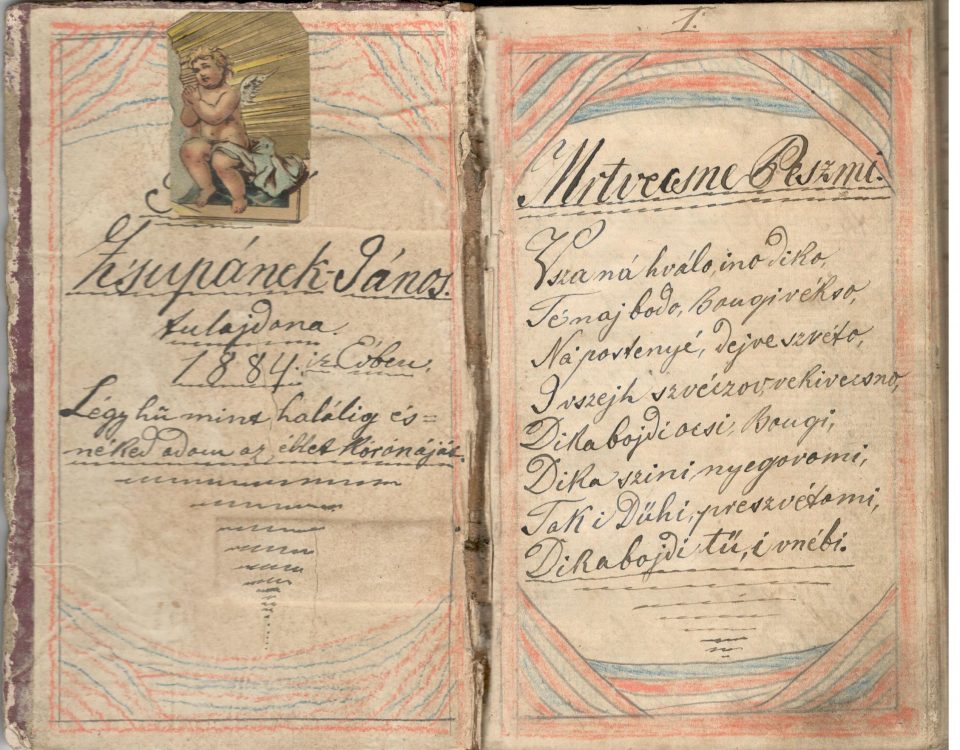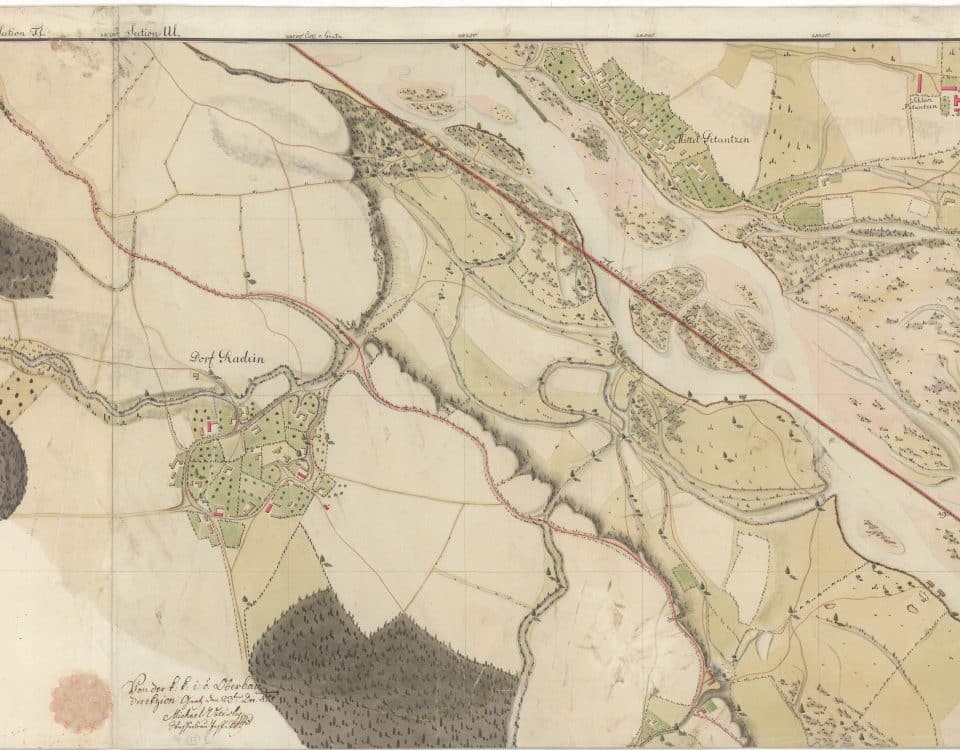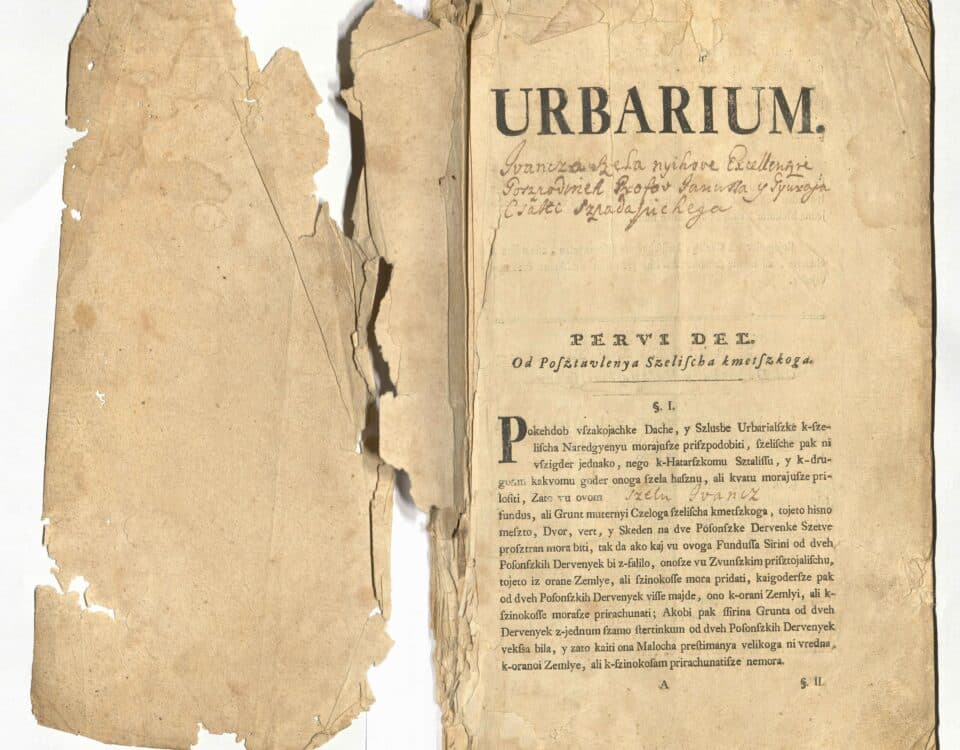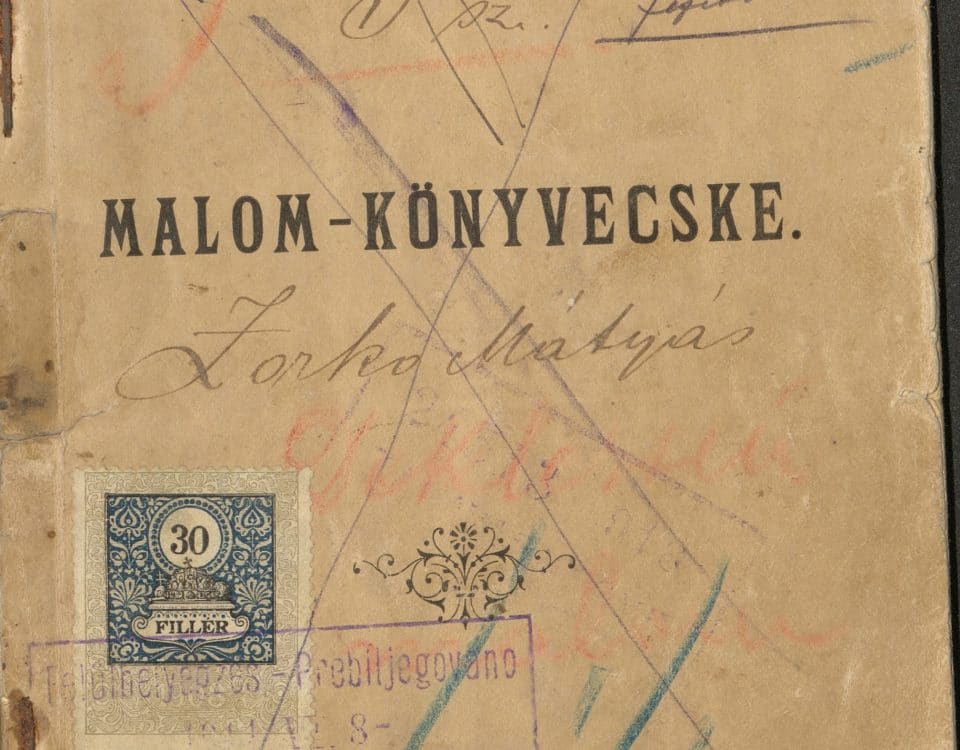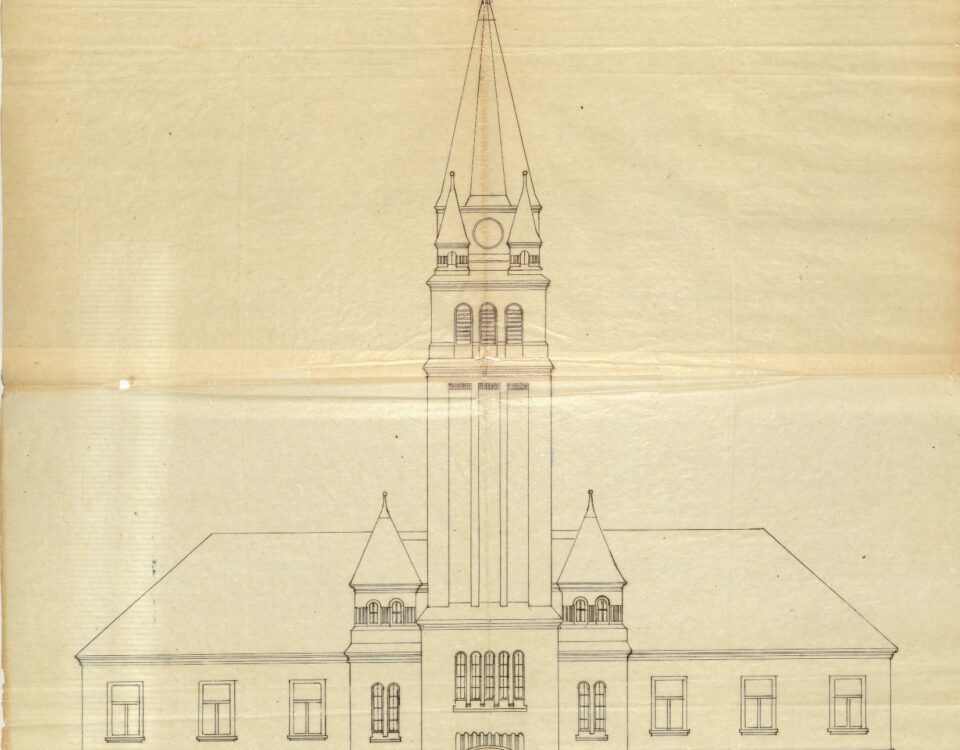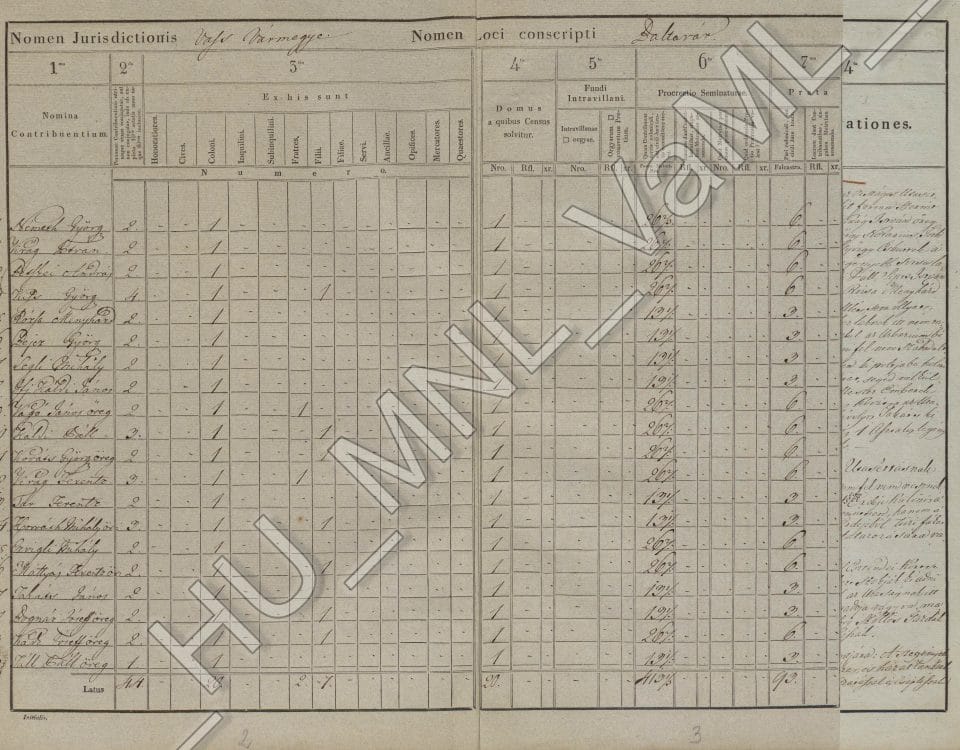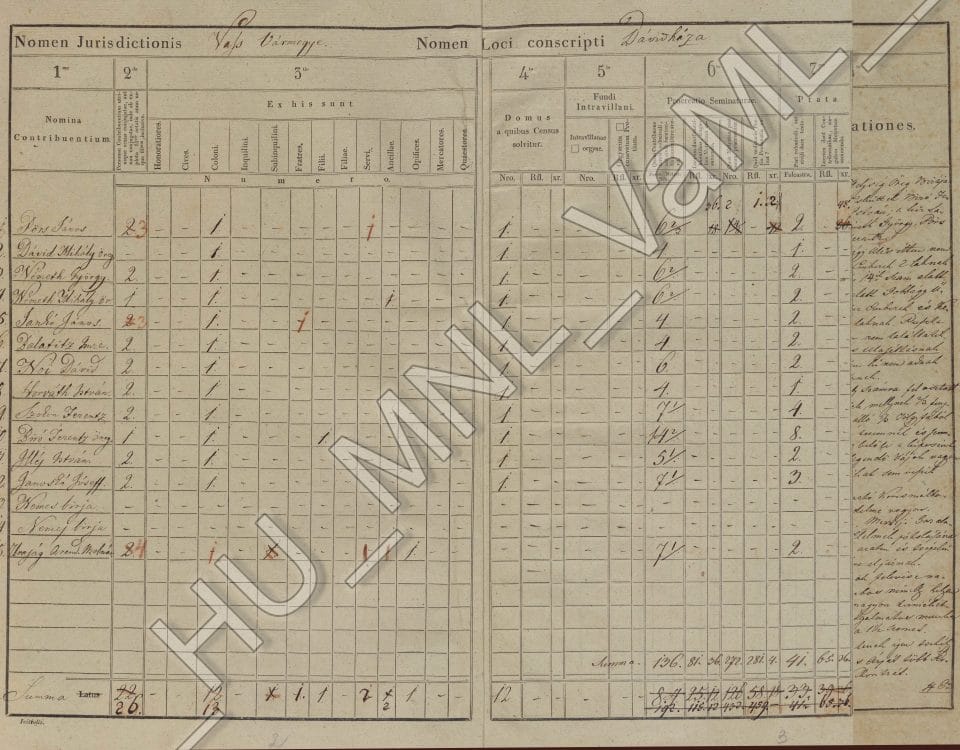This website uses cookies so that we can provide you with the best user experience possible. Cookie information is stored in your browser and performs functions such as recognising you when you return to our website and helping our team to understand which sections of the website you find most interesting and useful.
10. February, 2020
During the Austro-Hungarian Monarchy there were many mills on the River Mura. The ship mills were special, these floated on the river when it flooded. When the river flooded, the mill changed its position according to the course of the water. In 1888 there were 23 such mills in the districts of Bakovci, Krog, Tišina,…
11. February, 2020
Grad and Lendava parishes are one of the oldest parishes in the Prekmurje Region. Until 1777 it belonged to the diocese of Győr and then to Szombathely. In 1923 it came under the apostolic rule of Bishop of Lavant and in 1964 it was permanently transferred to the Diocese of Lavant. Many well-known pastors served…
11. February, 2020
Between 1921 and 1934, colonies of settlers were established in the areas inhabited in majority by Hungarians around Lendava, where refugees from the coast and Istria, as well as Slovenian families from other parts of the Prekmurje region, were settled. Such colonies have been established in Petišovci, Benice, Pince-Marof, Mostje, Gyaberje, Kamovci and Dolga vas.…
17. February, 2020
The lawsuit between Miklós Széchy and Bertold Ellerbach clearly identifies the subject matter of the lawsuit: the villages belonging to the Dobra Castle.
17. February, 2020
The lawsuit between Miklós Széchy and Bertold Ellerbach clearly identifies the subject matter of the lawsuit: the villages belonging to the Dobra Castle.
18. February, 2020
The lawsuit between Miklós Széchy and Bertold Ellerbach clearly identifies the subject matter of the lawsuit: the villages belonging to the Dobra Castle.
18. February, 2020
The lawsuit between Miklós Széchy and Bertold Ellerbach clearly identifies the subject matter of the lawsuit: the villages belonging to the Dobra Castle.
18. February, 2020
The lawsuit between Miklós Széchy and Bertold Ellerbach clearly identifies the subject matter of the lawsuit: the villages belonging to the Dobra Castle.
18. February, 2020
The lawsuit between Miklós Széchy and Bertold Ellerbach clearly identifies the subject matter of the lawsuit: the villages belonging to the Dobra Castle.
18. February, 2020
The lawsuit between Miklós Széchy and Bertold Ellerbach clearly identifies the subject matter of the lawsuit: the villages belonging to the Dobra Castle.
20. February, 2020
The use of the seals of the settlements was regulated by the Act XVIII of 1871 on the settlements governance. When the law was enacted, the sub-prefect offices collected all the old typariums and placed them for preservation in the county archives. On these seals the settlements displayed their old, almost forgotten symbols.
11. February, 2020
Songbook in manuscript of Mihály Zsupanek (1830-1905), who collected songs and texts written in Prekmurje dialect. The booklet contains a longer transcript (pp. 1-69) of the Sztarisinsztvo i zvacsinstvo (best man role and invitation) in folk-language version. A humorous paraphrase of a text from the Bible, spoken at a wedding. The printed edition was published…
11. February, 2020
The songbook contains many folk songs from the Prekmurje Region. The songs were collected by at least two collectors. The former part was recorded by Perša Janos and the later part was written by Perša Jožef. Some texts also include the source name. The exact date of origin is unknown. The songbook contains 49 songs,…
11. February, 2020
Mihály Zsupanek and his son János Zsupanek (1861-1951) were important collectors of the Prekmurje Region. János, a cantor and organist, continued his father's work and recorded many folk songs and adaptations. Three song collections in manuscript remain. The first booklet dates from 1884. It contains 32 wake songs and 7 other church songs. This manuscript…
19. February, 2020
The uncontrolled branches of the River Mura have caused constant border disputes between the Kingdom of Hungary and the Styrian Principality. This map is a piece of a larger compilation, its most important data being the state boundary established in 1755. Its value and its problem at the same time is that it is more…
11. February, 2020
The reforms of Maria Theresa, introduced in the Prekmurje region as well, were very different from those of other parts of the monarchy. Among them was the introduction of a unified landlord decree that regulated the relations between serfdom and landlords. It was introduced on December 29, 1766. All the settlements were given an urbarium,…
11. February, 2020
He was the owner of the Mátyás Zorkó boat mill in Docležovje on the River Mura in Ižakovci. The milling book contains all the details of the mill he owned. Ownership data changed, in 1900 he owned only one third of the mill. In addition to ownership, the license and license number are included, as…
11. February, 2020
In 1924, the Lutheran parish of Moravske Toplice applied for a building permit for the erection of the church tower. In 1925, after the construction of the tower, the inspection revealed that the bell tower vibrates strongly throughout its length, and this should be repaired and the commission has to re-inspect it. According to the…
21. May, 2020
The 1828 census corresponds to today 's tax return form. The unit is the head of the taxpayer family. The list contains the number of peasant farms, the size of the cultivated area, the varieties of crops, the different ways and costs of production in each region.
6. May, 2020
The 1828 census corresponds to today 's tax return form. The unit is the head of the taxpayer family. The list contains the number of peasant farms, the size of the cultivated area, the varieties of crops, the different ways and costs of production in each region.

